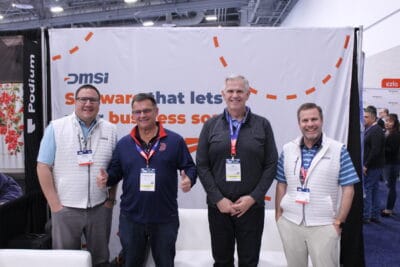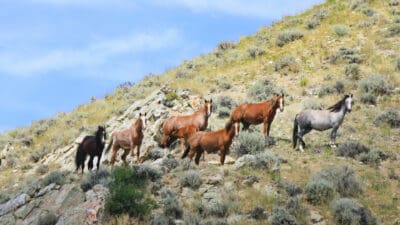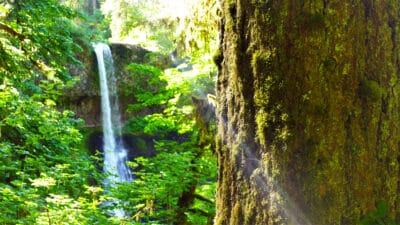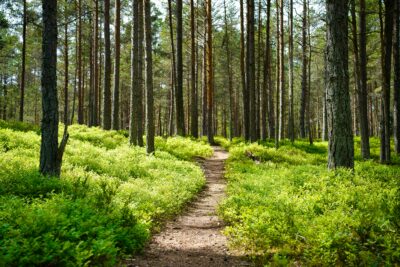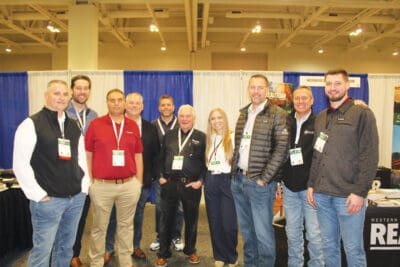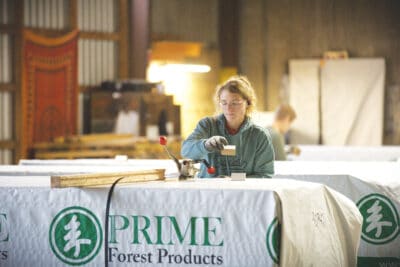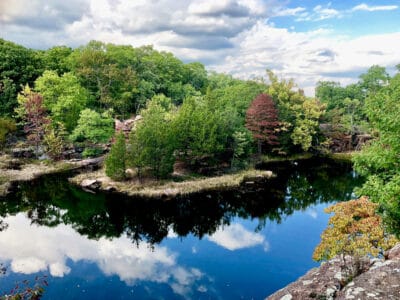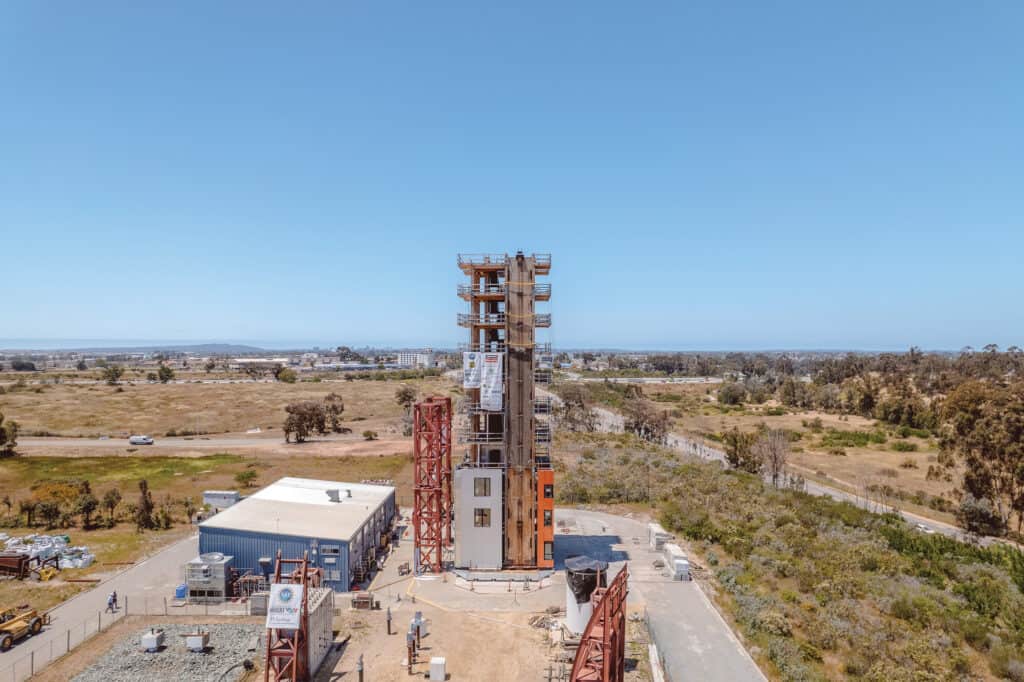
At the University of California San Diego (UCSD) this year, a 10-story mass timber structure has weathered earthquake after earthquake—all while the arid landscape around it remains undisturbed. A collaboration between the SLB, Think Wood, WoodWorks, the Binational Softwood Lumber Council, university research teams and other industry partners, the rigorous testing of the structure—the tallest building ever to be tested on a shake table at full scale—is investigating the capacity of tall mass timber buildings to withstand major seismic events with minimal damage, allowing for the possibility of quick repair, rather than the need for replacement, of structures post-quake.
Though some tall mass timber structures are already being built safely to code in earthquake-prone areas, results of the testing could pave the way for wider adoption of the material in seismic zones. The robust university-backed testing process, conducted under the umbrella of the Natural Hazards Engineering Research Infrastructure (NHERI) TallWood Project, is using earthquake simulations generated by the world’s largest shake table to assess mass timber’s resiliency in the face of one-in-a-millennia quakes.
Testing in phase one testing focused on proving the seismic resiliency of mass timber, including that of a new mass timber rocking-wall assembly that provides an alternative design option for mass timber buildings in seismic areas. The results of the testing process—which WoodWorks President and CEO Jennifer Cover calls “a sharpening of the pencil” for building with mass timber in seismic zones—could pave the way for changes in building codes for residential and commercial structures that could lead to more widespread adoption of mass timber as a sustainable, strong and versatile building material.
From May 1st to May 22nd, a total of 100 tests were conducted by a research team led by investigators from the Colorado School of Mines, including 88 earthquake simulations with different ground motion intensities. Of these simulations, 46 replicated small earthquakes common in seismically active regions, 26 replicated seismic events at magnitudes nearing the structure’s designed-for tolerance and 16 earthquakes exceeded designed tolerances. Among those tests, were simulations of four historic 7.0+ magnitude earthquakes—the type that occur, on average, once in 2,500 years.
Researchers held a media day on May 9, which featured two tests: the first subjected the subjected structure to shaking equivalent to the 6.7-magnitude Northridge Earthquake that struck Los Angeles in 1994; the second was the equivalent of the 7.7-magnitude Chi Chi Earthquake in Taiwan in 1999. A media outreach campaign supported by the SLB and other project stakeholders earned coverage for the successful test in national media such as ABC News; local media; and AEC trade publications including Engineering News-Record, which provided a detailed look at the extensive engineering expertise that went into the project from KPFF Consulting Engineers, LEVER Architecture, Timberlab and others on the design and construction team. This media coverage of the testing process, as will future coverage about the results, helped spread the word about the resilience of mass timber, encouraging more interest from the AEC community and the general public.
The following week, WoodWorks returned to the shake table test site at UC San Diego to conduct a technical workshop for 112 engineers, contractors, and architects. The full-day event began with presentations on state-of-the-art mass timber seismic design, including the rocking wall system used in the NHERI structure, and participants were then able to witness the building’s performance under a max credible earthquake after it had withstood 96 other earthquake simulations.
The SLB also provided funding for 10 insurance professionals—including brokers and underwriters—to attend a WoodWorks mass timber insurance workshop in conjunction with the shake table test. The event focused on educating the insurance industry in an effort to remove barriers related to insuring tall wood buildings during construction and post occupancy. Participants commented on the resilience of the rocking wall system and its ability to withstand large-scale earthquakes. WoodWorks is building on these efforts with a soon-to-be-released solution paper, Repair of Fire-Damaged Mass Timber: Considerations for Insurers.
Preliminary results from this phase one testing released in late summer proved promising: The test building was inspected for damage between all major earthquake simulations during the testing period, and no visible structural damage was found. In fact, the building remained plumb after all tests without the need for any repair. Non-structural systems installed in the test building (façade panels, partition walls, and stairs) also remained intact for after most simulations; minor drywall and connector damage was observed for tests that exceeded the design’s tolerance levels, but all the damage was repairable and posed no safety concern.
This successful collaboration between the SLB, its funded programs and research institutions serves as a testament to the potential of wood’s seismic resilience. The results of these tests “prove mass timber’s viability as a safe and effective, as well as sustainable, alternative to steel-and-concrete buildings in seismically active areas, paving the way for broader adoption in taller mass timber structures nationwide,” says SLB President and CEO Cees de Jager.
The full findings of the construction and testing of the building, and with them the potential opportunity to make the case for more widespread adoption of mass timber structures in seismic areas, are slated to be released later this year.



